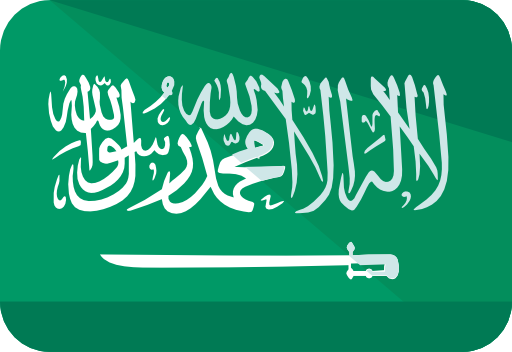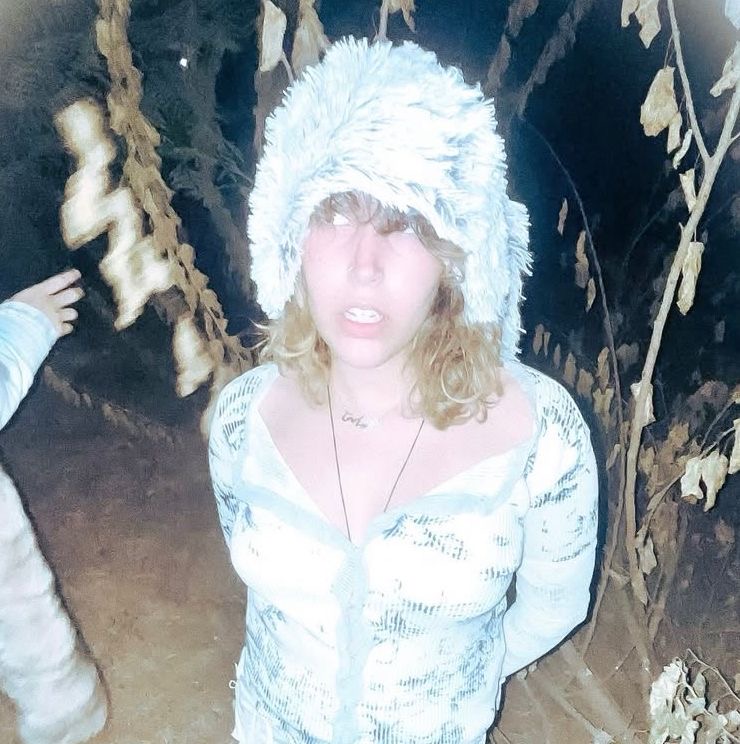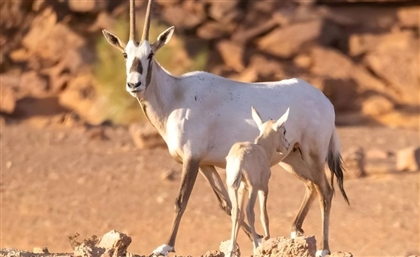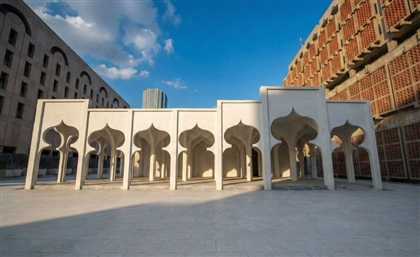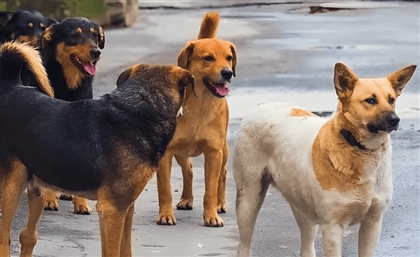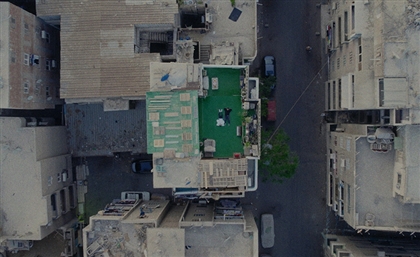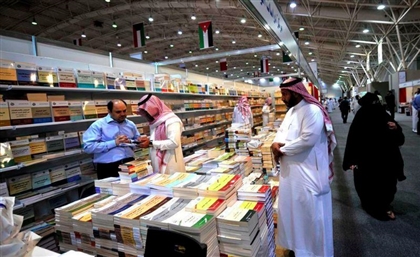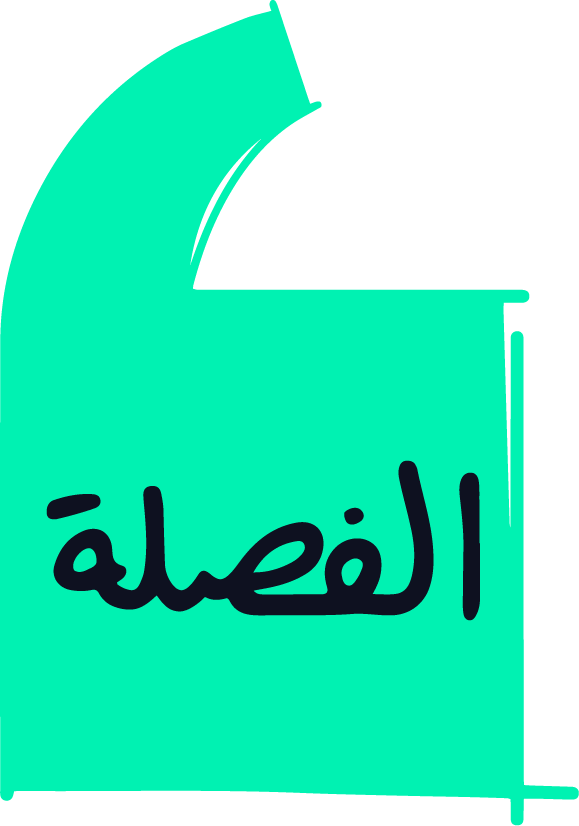Abdulhalim Radwi, The Man Behind Saudi’s First-Ever Public Art Exhibit
His commitment to art education and his innovative drive laid the groundwork for the contemporary Saudi art scene, and paved the way for future generations of Saudi artists.
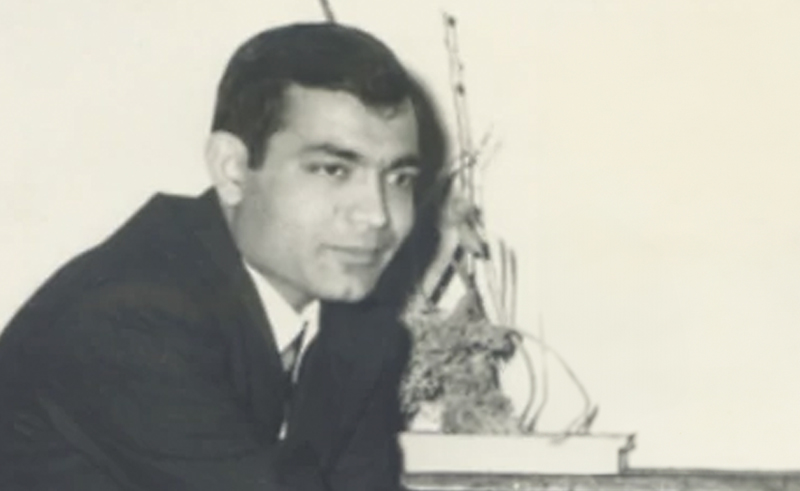
In 1964, the modality of art in Saudi Arabia underwent a profound transformation - a seismic shift spearheaded by local artist Abdulhalim Radwi. Born in Makkah in 1939, Radwi’s journey from humble beginnings to a celebrated painter, sculptor and cultural director, became the foundational force that irrevocably reshaped the Kingdom's artistic landscape.
Radwi's early life was marked by hardship. His father passed away when he was seven years old, plunging his family into poverty. Despite this, his artistic talent, a passion inherited from his mother who was a painter herself, began to blossom with remarkable resilience. She recognised and nurtured this nascent gift, actively encouraging him to pursue art, and instilling in him an early appreciation for creative expression. This burgeoning talent manifested early; he won his first formal painting competition while still in high school in the mid-1950s. This early success was a crucial validation of his talent and of art as a viable pursuit, foreshadowing his profound impact on the nation's culture and fuelling a lifelong determination.
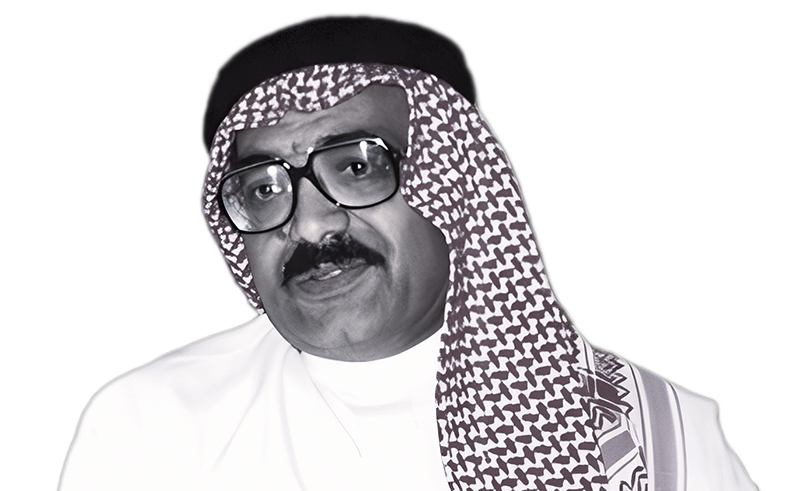
Driven by an unyielding passion, in 1961, he saved money from working as a wall painter to travel to Rome, becoming one of the first Saudis to pursue a formal art education abroad. He earned his BA from the Academy of Fine Arts in Rome in 1964 and later a doctorate from the Royal Academy of Fine Arts in Madrid in 1979. This exposure to Western art movements like Cubism and Expressionism profoundly influenced his style, yet he always made sure his work integrated a distinct Saudi essence.
Upon his return to Saudi Arabia, Radwi immediately became a catalyst for change. He held the Kingdom's first public art exhibition in Jeddah in 1965, a pivotal event that paved the way for others. He initially worked as an art teacher in Makkah, but his involvement in art quickly escalated to a governmental level. From 1968 to 1974, he served as the director of the Jeddah Centre for Fine Arts, and later, from 1980 to 1992, he was the Director-General of Culture and Arts for the City of Jeddah. In these roles, he was instrumental in establishing Saudi's art scene, creating platforms and opportunities for a new generation of Saudi artists. He also spent time in Madrid in 1973 as the Action Director of the Association of Arab Artists, further broadening his international reach and influence.
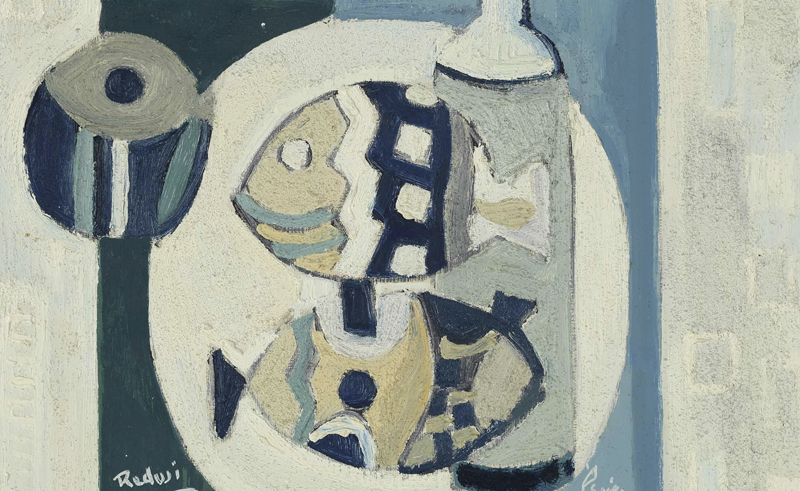
Radwi's artistic philosophy was deeply rooted in his Saudi identity. He firmly believed that Saudi artists must always keep an eye on their national heritage. His paintings often depicted folkloric scenes, desert life, traditional architecture, and religious symbols like mosques and Makkah. He skilfully blended vibrant colours and Arabic letters with modern ideas, creating a unique visual language. His work, such as ‘The Recitation of Qur'an’ (which won a prize at the 1988 Biennale in Spain) and ‘Old Buildings in Makkah’ (which he famously kept in his personal museum rather than selling), exemplifies his dedication to cultural themes.
Beyond his canvases, Radwi's most striking legacy might be the large outdoor sculptures that adorn the city of Jeddah. Collaborating with Mayor Mohammed Said Farsi in the early 1970s, he envisioned and brought to life large-scale public installations, beautifying the city and making art accessible to all. His works, like ‘Inkwell, Pen and Paper,’ transformed urban spaces and became iconic landmarks, helping residents and visitors navigate the city. He produced over 4,000 artworks, including paintings, sculptures, and murals.
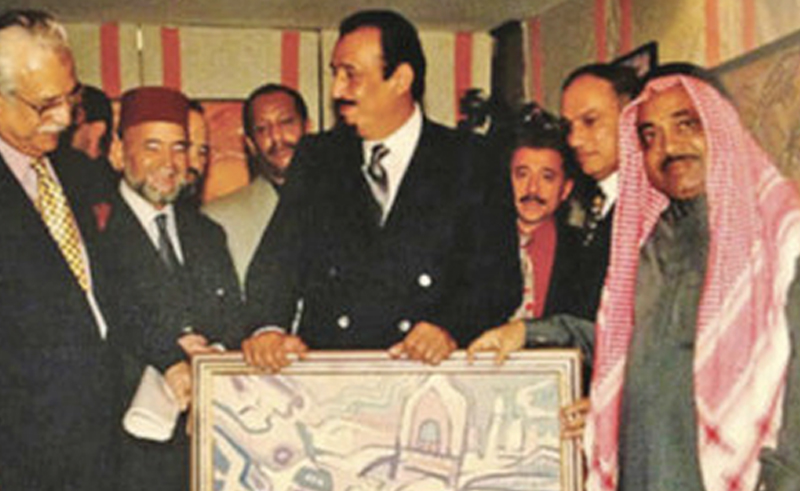
Abdulhalim Radwi passed away in 2006, but his influence continues to be felt. He was a mentor to many, inspiring younger artists like Ahmed Mater and Taha Al Sabban. His commitment to art education and his innovative drive laid the groundwork for the contemporary Saudi art scene, and paved the way for future generations of Saudi artists. The annual Abdulhalim Radwi Award, established by his daughter, Dr. Maha Radwi, continues to celebrate creative talent in Saudi Arabia, ensuring that his legacy of innovation, imagination, and creativity propels Saudi’s artistic future.
- Previous Article Egypt’s Tourism Grows by 22% in June
- Next Article Six Unexpected Natural Wonders to Explore in Egypt
Trending This Week
-
Dec 12, 2025


